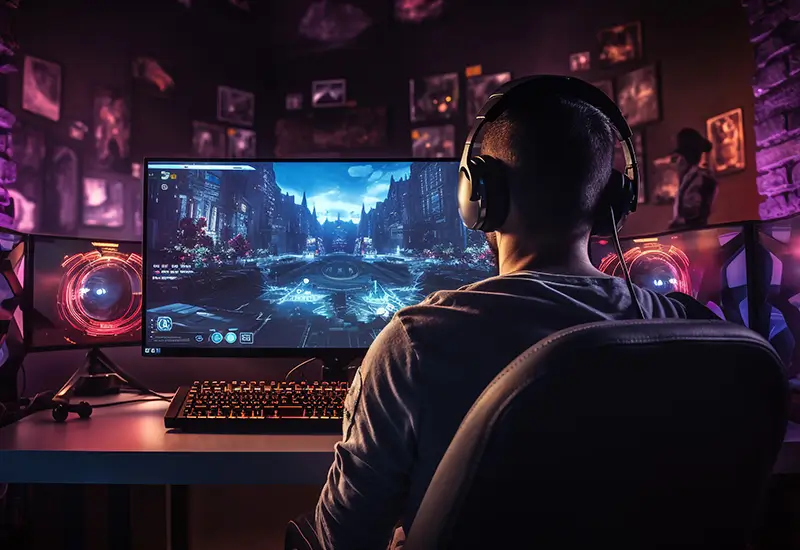
Back in the early 90s, before true 3D games could actually be seen, one video game was a game-changer. The game "Doom", launched in 1993, spawned several attempts at faking 3D illusions with 2D game assets. It is the massive popularity and craze of this semi-3D game that led to the creation of full-fledged 3D games. Over the years, there have been myriads of RED in that genre motivated by technological evolution.
Undoubtedly, 3D modeling has a significant role in this. Simply put, 3D modeling technology has transformed the modern game industry, yielding immersive gaming experiences. The technology has become integral to 3D game development on its own merit.
So, today, this article is going to delve deep into the ways in which 3D modeling has shaped computer games as we see them now and the significance it holds for this rapidly growing sector. We will also explore what the future holds for 3D modeling in CG game development. Let's begin!
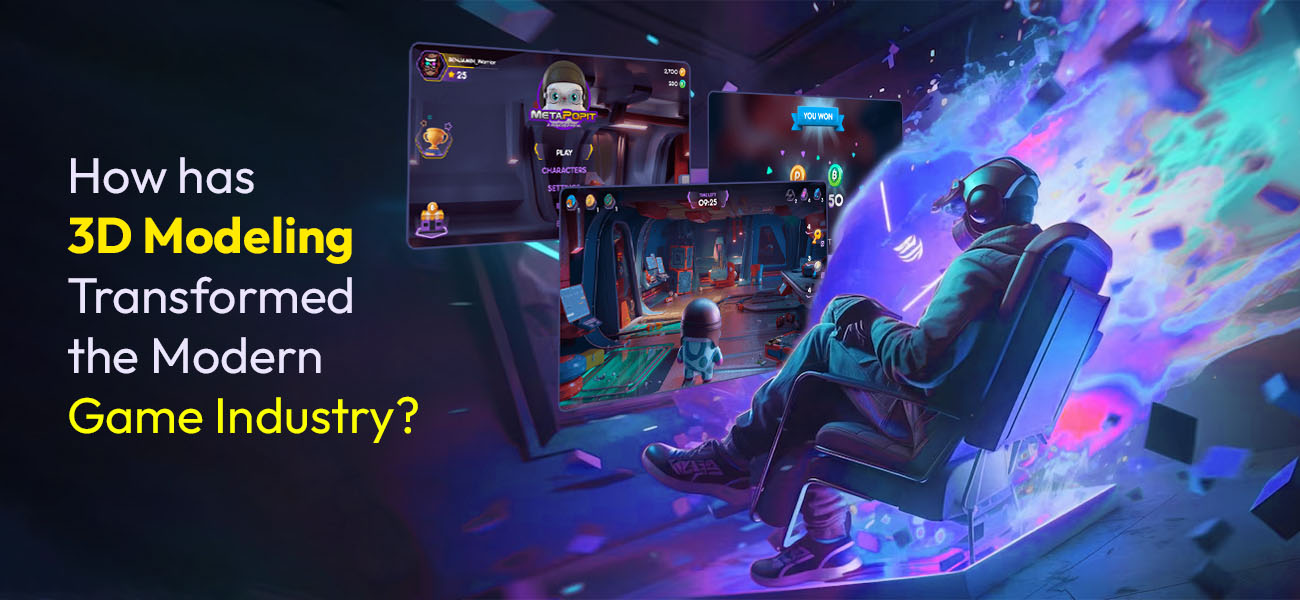
The Significance of 3D Modeling in Gaming
3D modeling offers a wide variety of benefits to game developers, from ideation and conceptualization to designing game assets.
Let's take a look at why 3D modeling is so significant in the gaming industry:
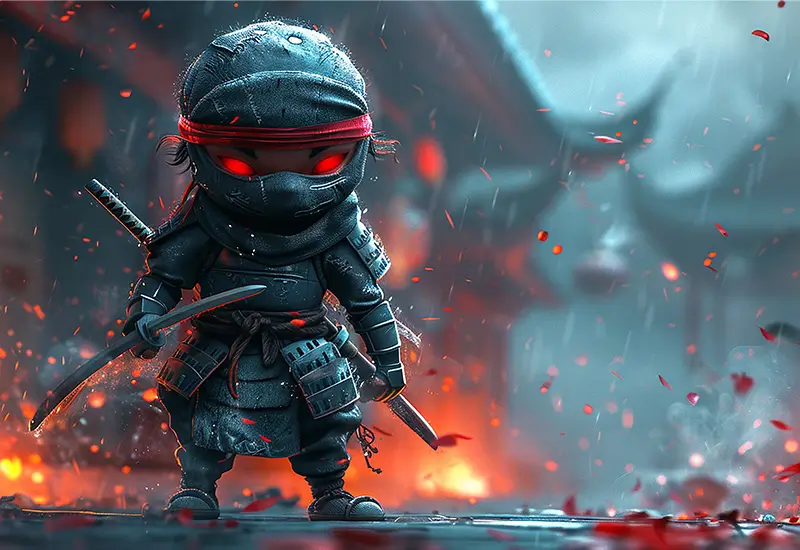
-
Enhanced Realism and Immersion
- Lifelike visuals with detailed textures, realistic lighting, and accurate physics.
- Immersive environments from bustling cities to serene landscapes.
- Emotional connections with believable and engaging visuals.
-
Dynamic Characters and Environments
- Intricate details on characters and objects.
- Organic movements and interactions.
- Realistic physics for authentic interactions.
-
Unlimited Possibilities
- Role-playing games with player choice.
- Virtual reality for immersive experiences.
- Augmented reality for interactive experiences.
- Mixed reality for unique combinations
How 3D Modeling Revolutionized Game Development?
Evolving from basic 2D images to intricate 3D designs, 3D modeling has dramatically changed how games are developed and experienced. Here we will highlight how 3D modeling has become a game-changer in the industry, influencing everything from visual effects to character design.
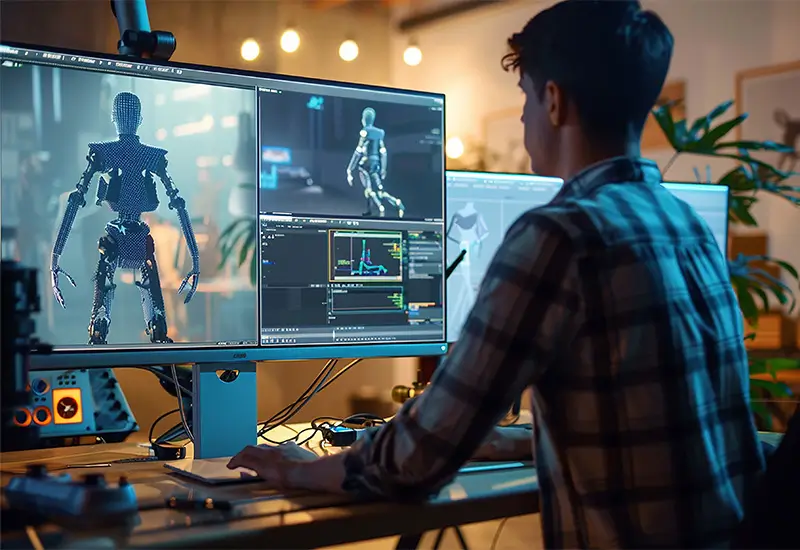
-
From 2D visuals to 3D visuals
- Enhanced visuals: More detailed, realistic, and immersive.
- Complex environments: Big landscapes, detailed cities, etc.
- Greater diversity: Unique characters, varied objects, and customizable settings.
- Games like GTA V and The Witcher 3 showcase this transformation from basic 2D graphics to detailed 3D visual environment.
-
Better Realism and Immersion
- Realistic visuals: Lifelike characters, detailed environments, and immersive atmospheres.
- Engaging narratives: Visual storytelling, atmospheric settings, player choice, and more.
- Interactive experiences: Dynamic gameplay, puzzle elements, etc.
- GTA V, The Witcher 3, Red Dead Redemption 2, Cyberpunk 2077, and Horizon Zero Dawn are some of the examples of games that showcase breathtaking visuals and immersive environments.
-
Conceptualization and Design
- Ideating game concepts: World-building, character creation, gameplay mechanics, etc.
- Designing characters: Unique personalities, expressive emotions, and realistic appearances.
- Creating mood boards: Setting tone, atmosphere, etc.
- Horizon Zero Dawn, The Last of Us, and Control utilized 3D models for early concept development and atmosphere setting.
-
Character Development
- Unique personalities: Distinct traits, backstories, and more.
- Expressive emotions: Conveying feelings, reactions, etc.
- Lifelike details: Realistic facial features and body types.
- Effect, Uncharted, God of War, and The Last of Us have unique characters with expressive emotions and lifelike details.
-
Realistic Environments
- Diverse environments: Busy streets, cities, beautiful landscapes, and more.
- Detailed landscapes: Realistic terrain, vegetation, and weather.
- Immersive atmospheres: Transport players to new worlds.
- Assassin's Creed Odyssey, Horizon Zero Dawn, Control, and Stray are a few games with the most realistic environments.
-
Dynamic Lighting and Effects
- Changing weather: Snow, fog, rain, etc.
- Atmospheric environments: Neon-lit alleyways, eerie forests, and more.
- Special effects: Explosions, fire, smoke, etc.
- Games like Control, Stray, God of War, and Doom Eternal are known for their stunning lighting and special effects.
-
Game Props and Objects
- Enhanced realism: Detailed textures, accurate physics, etc.
- Varied gameplay: Interactive objects, puzzle elements, etc.
- Atmospheric details: Clutter, decorations, and more.
- Resident Evil Village, Elden Ring, Control, and Cyberpunk 2077 have some of the best and most detailed props.
-
Character Animation
- Realistic movements: Natural gestures, fluid motions, and more.
- Expressive emotions: Conveying feelings and reactions.
- Engaging interactions: Social interactions, combat, etc.
- God of War, Spider-Man, The Last of Us, and Uncharted are known for their advanced character animations.
-
Technical Advancements
- Improved rendering quality: Realistic lighting, shadows, etc.
- Optimized performance: Faster loading times and smoother gameplay.
- Greater versatility: Creating various game genres, styles, and experiences.
- Control, Cyberpunk 2077, Doom Eternal, and Forza Horizon 5 feature improved rendering quality, optimized performance, and versatility.
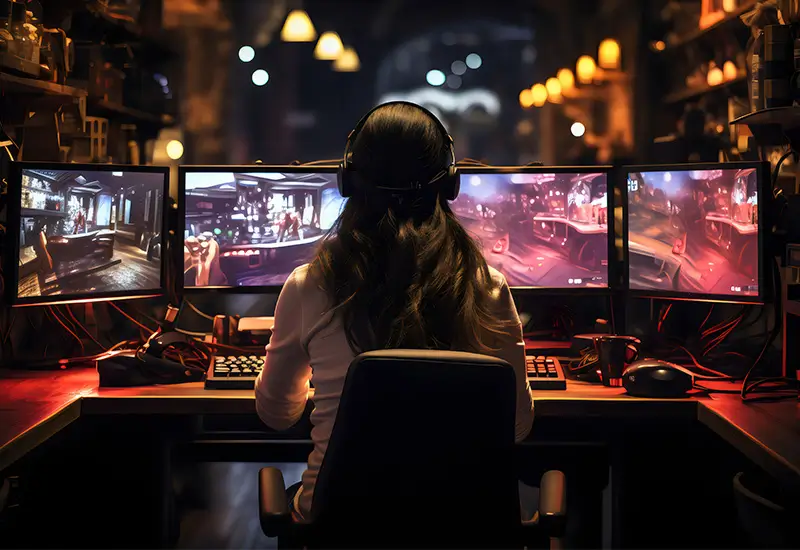
The Future of 3D Gaming: Trends And Predictions
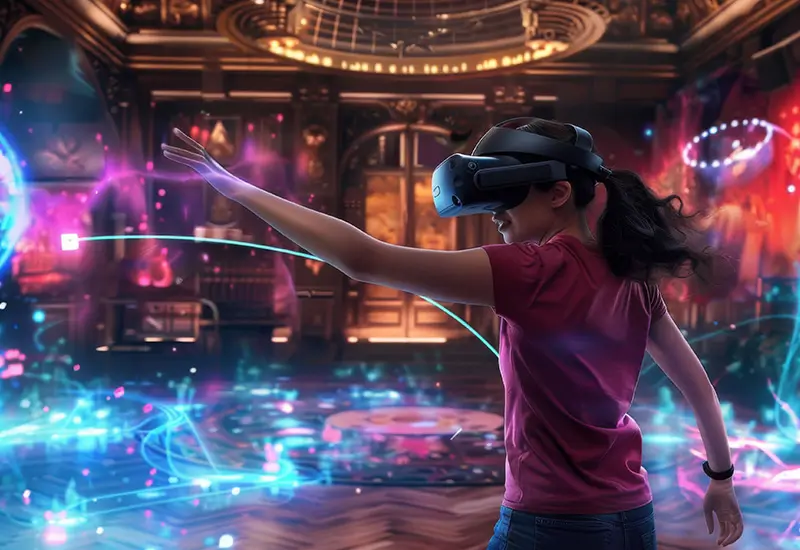
-
Emerging Technologies and Innovations
- Additive manufacturing: Advancements in 3D printing and other additive manufacturing techniques will impact game development.
- Sustainable 3D models: Increased focus on eco-friendly materials and practices in 3D modeling.
- Technological advancements: Continued innovations in hardware and 3D design software will drive the evolution of 3D game artwork.
-
Integration of AR and VR
- Growing demand: The gaming industry will see a surge in demand for detailed AR and VR-compatible 3D models.
- Better experiences: Augmented Reality(AR) and Virtual Reality (VR) will enhance the gaming experience, requiring high-quality 3D assets.
-
AI and Machine Learning
- Dynamic and realistic environments: AI-powered 3D models will create more dynamic and lifelike virtual worlds.
- Simplified development process: AI-driven 3D modeling software will streamline and improve game development.
-
Procedural Generation
- Efficient creation of game environments: Procedural generation techniques will reduce manual asset design.
- Infinite possibilities and custom experiences: Algorithms will generate diverse and unique 3D assets.
-
Rendering Techniques
- Sub-surface scattering: This technique simulates real-world light behavior for hyper-realistic materials.
- Enhanced visual fidelity: 3D models will appear more lifelike with sub-surface scattering rendering.
-
Retro-Inspired 3D Models
- Nostalgia and homage: A trend towards retro-inspired visuals, reminiscent of 8-bit and 16-bit games.
- Pixel art: Using individual pixels to design game elements, similar to classic games.
- Blocky models: Simple geometric shapes inspired by early computer games (e.g., Minecraft, Crossy Road).
Wrapping Up: 3D Modeling as the New Standard in Gaming
Hope by now you have understood the ways 3D modeling has transformed and revolutionized the modern gaming industry. On the whole, technology has played a great role in shaping modern video games as we know them today. Be it the highly detailed environments, the hyper-realistic characters, organic movements, physical simulations, stunning lighting, or the special effects, it is 3D that is behind all of these.
The impact of 3D graphics and its artistic potential will keep growing as the years go by. With that, more and more career scopes will also open up for aspiring 3D artists, and demand for skilled 3D modelers will also rise. Software programs required for the job will also see further advancements with new technological add-ons, such as Al and the metaverse, bringing unbelievable visual realism to computer games.
To cater to Gen Zs and Gen Alphas, further new 3D modeling and rendering techniques will be introduced by game developers. The multi-faceted uses of 3D modeling in the gaming industry will see unprecedented growth and unique gaming interfaces and user experiences replete with immersion and interactivity.
So, if you are a game developer and looking for ways to give your customers an unforgettable gaming experience, collaborate with a professional team that offers stellar 3D design services. These expert 3D modeling service providers are backed by experienced professionals who can make your games appear more realistic and immersive. Hire such a company and embrace the limitless potential of 3D graphics and designs for your game projects. Good luck!

Social Media Video Editing